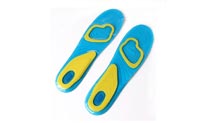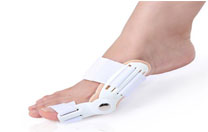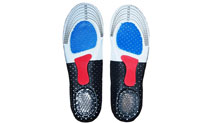China insoles have developed from Na insoles. It used to be a brilliant time in that era. Now it looks like grass-roots craftsmanship full of local flavor. Along with our life, after witnessing the changes of the times, it is gradually fading out of our site.
Lining up
Make a dough: Turn flour and water into porridge and cook it. Wash some waste cotton cloth (earth cloth, the rougher the better), then prepare a layer by layer of smooth sticky slurry, dry in the sun, spread on the flat cement board. A pair of insoles is usually enough to last ten months.
Features: Comfortable, natural and breathable.
Draw shoes
Draw paper according to your needs and it looks like the size of your shoes. Start designing patterns. It can be described by exaggerated deformation. Flowers, insects, fish, animals, plants and other good folk creative materials.
Many villages use their own designs. It's also fast to buy a printed pattern on the street for transfer.
Use cardboard-cut insole molds (such as cigarette paper with the same thickness) to estimate the size of the shoes according to the cut-out shoes. In order to fit the size of the insoles, some women often draw the shape of their feet on cardboard with a pen and cut it.
Cut according to the size of the insole coding method, and cast new monochrome cloth, and glue well, you can also use another color edge so that it is more solid. After the shoes are cut out, white veneers are used to prepare various colors of thread.
Embroidery sewing
It's a waste of energy to take insoles. Handmade embroidery insole embroidery can be roughly divided into three types: paper-cut embroidery, flat embroidery, and cross embroidery. Cross stitch is the most commonly used method. This is the insole painted in advance in the small square, and then the eagle needles, needles similar to the popular cross-stitch.
China insoles are unique in history, but now China insoles are more diversified.



